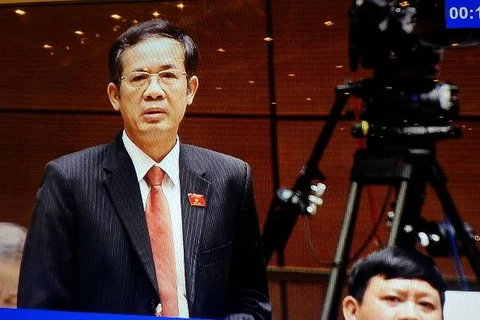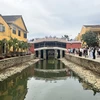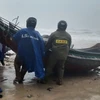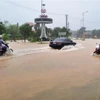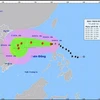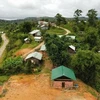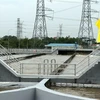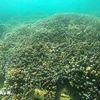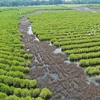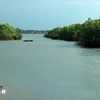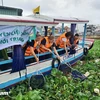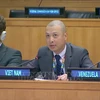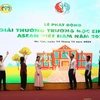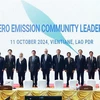Hanoi (VNA) – Vietnam has gained significant outcomes in the exploitation, management and conservation of marine resources over the past few years, an official has said.
Deputy Minister of Natural Resources and Environment Chu Pham Ngoc Hien noted that the country has established 15 marine economic zones to develop fishery logistics, seaports, sea-based tourism and maritime scientific research.
As many as 66 islands in 12 island districts have a total population of around 160,000. Some islands could become marine economic centres such as Van Don, Cat Hai, Con Dao and Phu Quoc, he said.
Vietnam has focused on implementing international commitments and promoting marine conservation, he said, adding that a general State management system on seas and islands has been built from central to local level while policies, laws and legal normative documents in the field have been devised.
Notably, the nation has signed and engaged in a number of international treaties and conventions on sea with a view to maintaining peace, stability, cooperation and development in the East Sea, he said, noting that it has also carried out bilateral and multilateral projects with the involved parties.
The 10th Party Central Committee adopted Vietnam’s Maritime Strategy towards 2020 at its fourth session in 2007, stressing the need to develop the country into a rich and strong sea-based economy.
The strategy set out a goal that sea-based economy will make up 53-55 percent of the country’s gross domestic product (GDP) while per capita income in coastal areas is expected to double the average of the whole country by 2020.
It also aims to build international trading ports and strong economic zones in coastal areas.
Associate Professor Dr. Nguyen Chu Hoi from the Hanoi-based Vietnam National University pointed out shortcomings in the field such as a lack of public awareness of the role and position of the sea and sea-based economy, unreasonable occupational structure and backward infrastructure.
He also underlined restrictions in marine science and technology research; disaster warning, monitoring and forecasting; human resources training; and ineffective and unsustainable use of marine resources.
Marine pollution is at an alarming level due to untreated waste discharged from industrial parks and clusters. The discharge of a large amount of toxic chemicals into the sea by Hung Nghiep Formosa Ha Tinh Steel Company, which caused a severe marine environmental incident in the central region, was a notable example.
Marine biodiversity and aquatic resources are being degraded, Hoi said, citing the country loses up to 15,000 hectares of mangrove forest areas each year, while 50 percent of coral reefs are at a high level of threat. Over 100 kinds of sea creatures have been listed in Vietnam’s Red Book – which lists threatened or endangered species.
There is an overlap in marine resources management between relevant ministries and sectors, while the community’s engagement in the field remains passive, he said, adding that Vietnam is among the five countries bearing the worst brunt of climate change and rising sea levels.-VNA



